This post contains affiliate links which means if you click on a link and make a purchase I make a small percentage of the sale with no extra cost to you. It helps support the running (pun intended) of this blog.
I love my FitBit. In fact, I am a little obsessed with it. I made a commitment to myself this year to walk or run 10k steps every single day. It's one of my non-negotiable bare-minimum goals for each day. A FitBit can be a great motivator to move but it is easy to make mistakes that can take you farther away from your fitness goals, rather than closer. Your FitBit is supposed to make you healthier, not crazier, Right?
5 WAYS YOUR FITNESS TRACKER CAN SABOTAGE YOUR RESULTS
FITBIT: WHAT NOT TO DO
LIVE AND DIE BY CALORIES BURNED
The number of calories burned during an activity can vary drastically from person to person. There are a lot of factors that go into it that simply can't be captured 100% accurately on your FitBit. You should consider the calorie burned on your FitBit as a general guide, not as an exact science. It is safe to assume the calorie burned on your FitBit is over-estimated. If you eat to the calories that your FitBit says you burned, you may end up overeating for your activity level.
ONLY FOCUS ON STEPS
Steps are great. They are a way to track how much you are moving, which is important, but there are plenty of important facets of fitness that don't require steps. Lifting weights, stretching, practicing Yoga and foam rolling are all beneficial fitness activities that won't rack up many steps. If you neglect certain fitness activities simply because they won't increase your step count, then your FitBit may be holding you back.
GET TOO COMPETITIVE
Yeah, I like to win too. But if you stay up an extra hour to walk on the treadmill to beat some guy you never met named Jose in your FitBit challenge, you may be taking this competition thing too far. (Resemblance to actual events in my life are purely coincidental. Or not.) Yes, the challenges can help motivate you to move a little more, but they should not take over your life. Damn you Jose (shakes fist in the air at person I never met).
LOSE COMMON SENSE
I was very proud of myself. In 2016 I took 10K steps every single day from January through October. Then one day I was lifting a bin of medicine balls out of the my truck after boot camp and I hurt my old lady back. I was sort of devastated. I could barely move, let alone walk 10k steps. After 10 months I had to let my 10K a day streak go. I knew it was more important to let my back heal than try to fight through five miles of stepping. I was out of the game for three or four days, but when my back healed I jumped back on my streak. Now I just say that I walked 10K steps every day that I was physically able. If you are concerned about meeting your step goal when you are injured or sick then you may be taking it too far.
FOCUS ON THE NEGATIVE
The FitBit can provide valuable feedback, but what is important is how you use that feedback. Will you use it to motivate yourself, to make new goals and to push yourself further? Or will you use that feedback to feel bad about yourself? My friend left her FitBit on the charger at work over the weekend and joked "How am I supposed to feel bad about how few steps I am getting in compared to my friends and see how poorly I sleep without my FitBit." She was joking, but she makes a good point. If you use the feedback from your FitBit to compare yourself to others or feel bad about yourself then your FitBit may be doing more harm than good. Sometimes the healthiest thing to do is walk away from all the technology for awhile.
Sometimes my 10K steps come easy. Some days they are hard-earned. I am the first to admit that I have spent many late evenings walking circles in my backyard or around my house because I was several hundred steps short of my goal. Walking in circles may sound crazy, but I try to balance my FitBit goal of 10K steps a day with my other fitness goals and my lifestyle. 10K steps a day is a fantastic goal to pursue but it is certainly not the most important thing in my day.
Do you have a FitBit or other activity tracker? Are we FitBit friends? Find my email here and add me as a friend if you want to connect on FitBit.
Like this post? It helps me when you share.
I am a NASM personal trainer and RRCA adult distance running coach that specializes in strength training for runners. I offer in-person training in the Shredshed, online training and Fit to Run bootcamps. If you are interested in a more in-depth running or strength training plan, please contact me. Have questions? I'd love to help.
While I am a certified personal trainer, I am not your personal trainer. Since I don't know your exercise abilities, injury background or medical history, please see your doctor before beginning any new exercise program. This is an opinion blog. No information in this blog is intended to be taken as medical advice or prescription. Please see your doctor and/or registered dietitian for any health concerns.
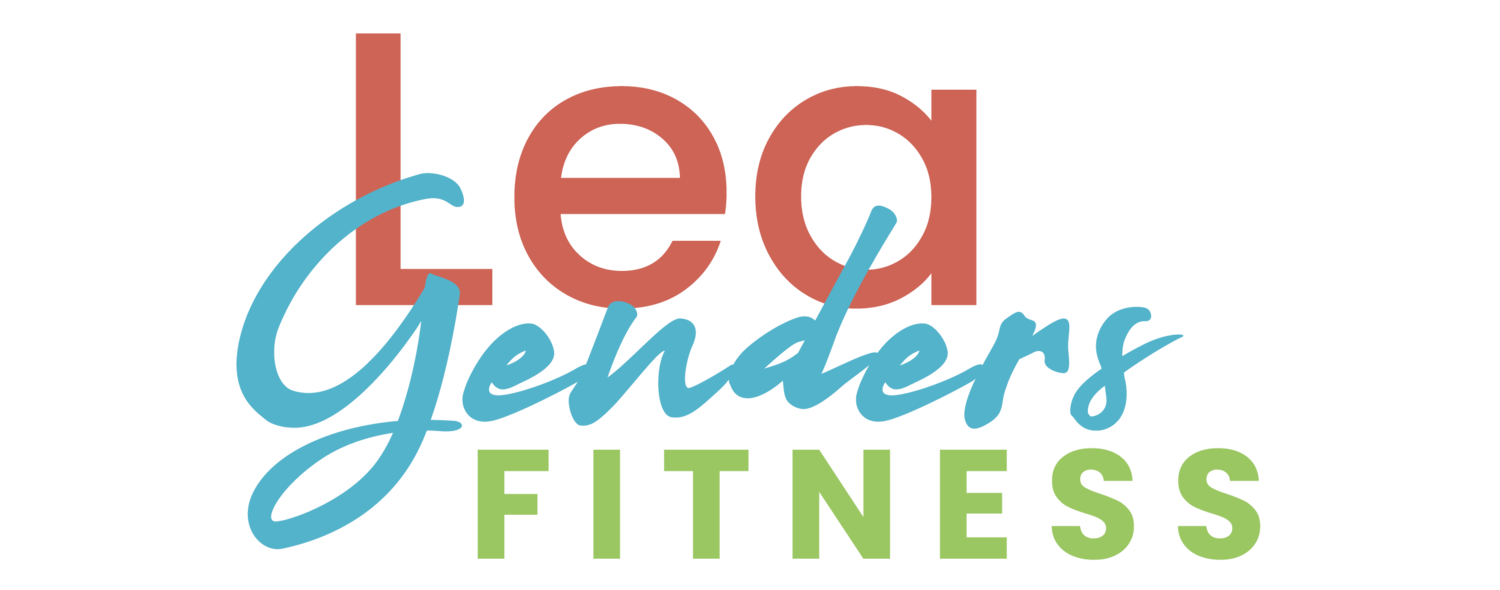
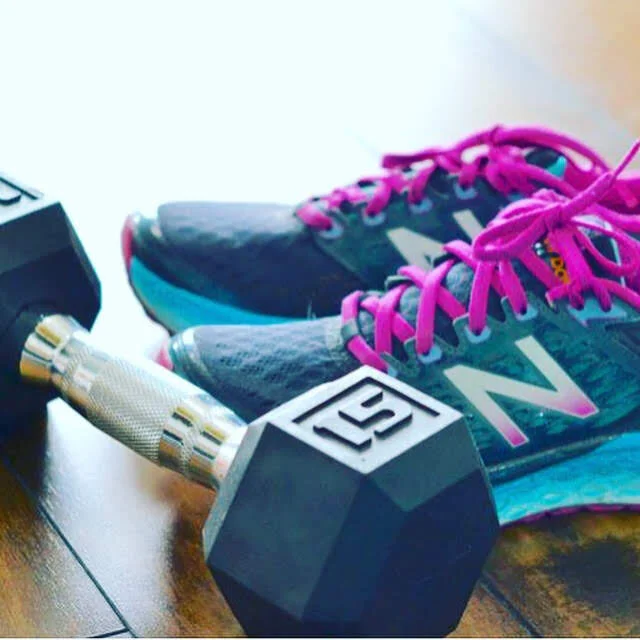








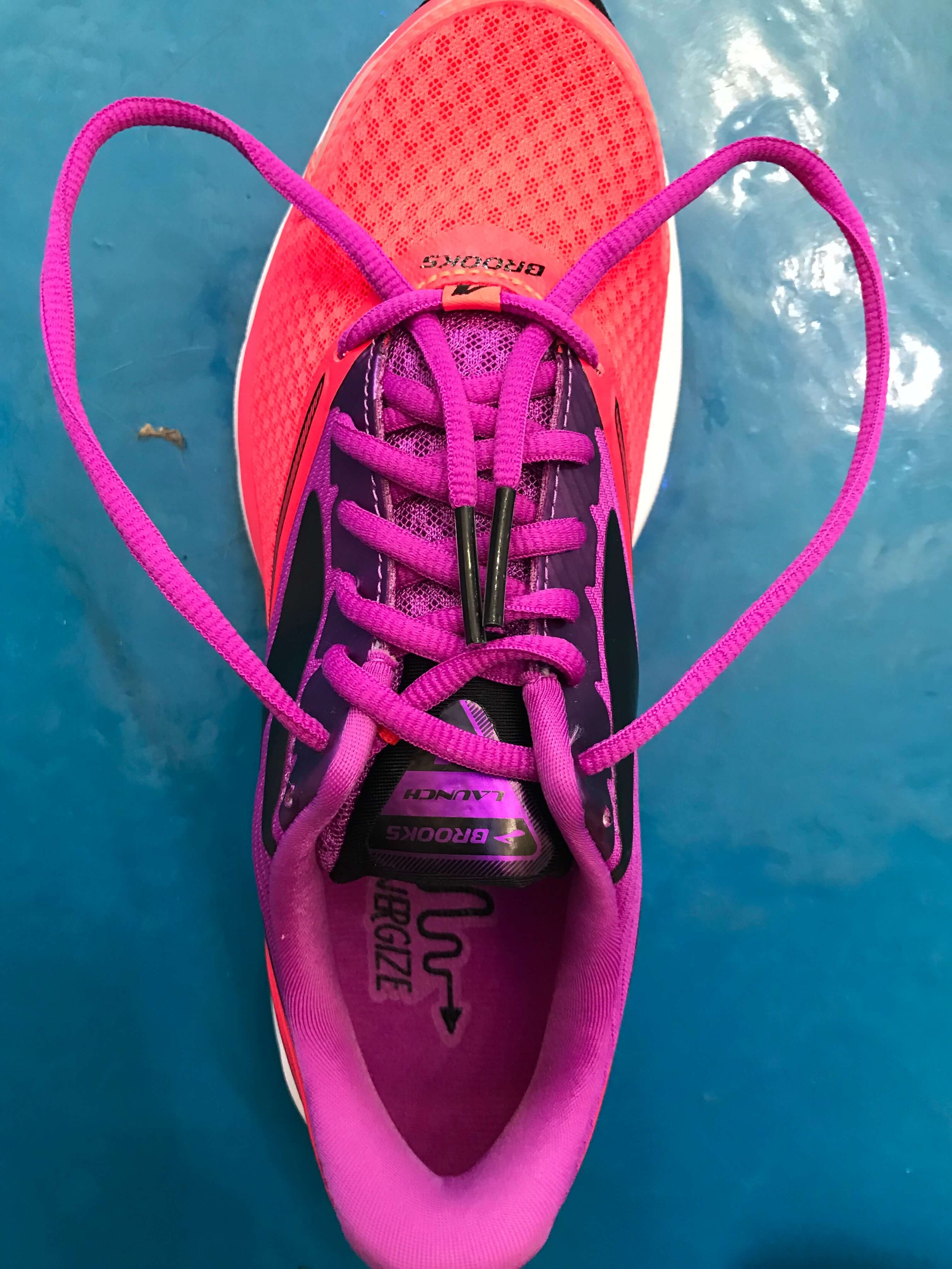
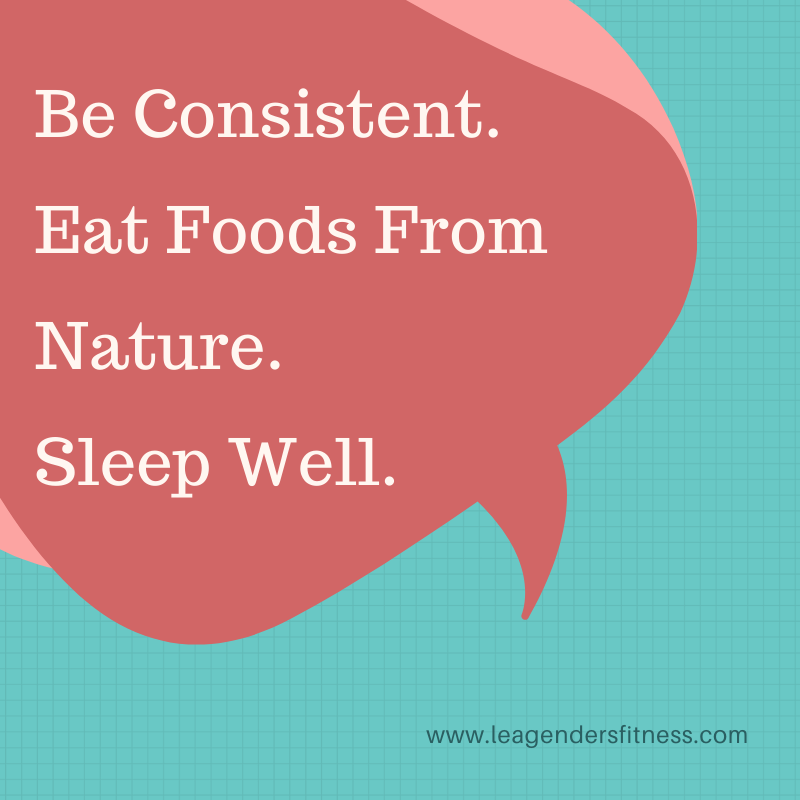











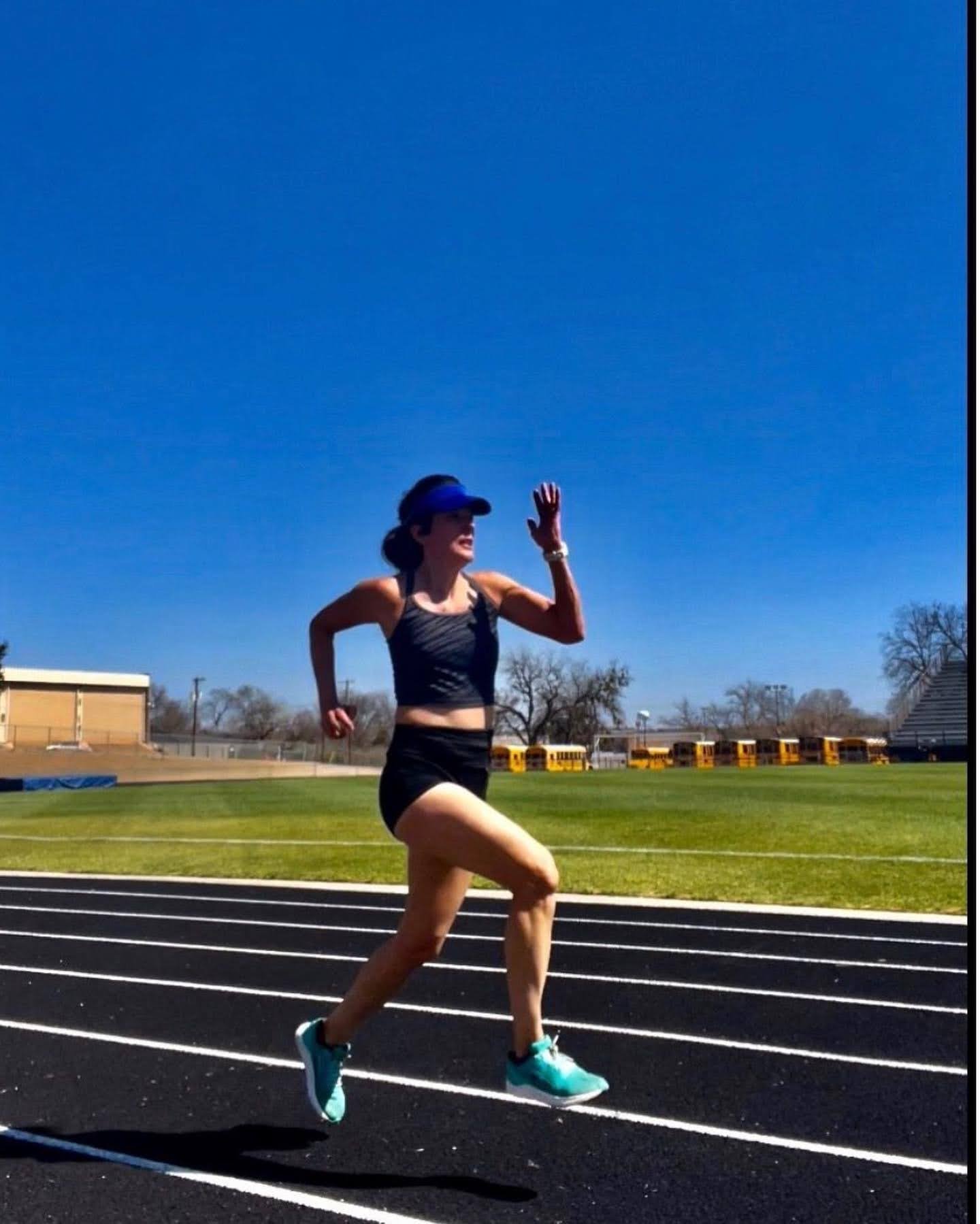



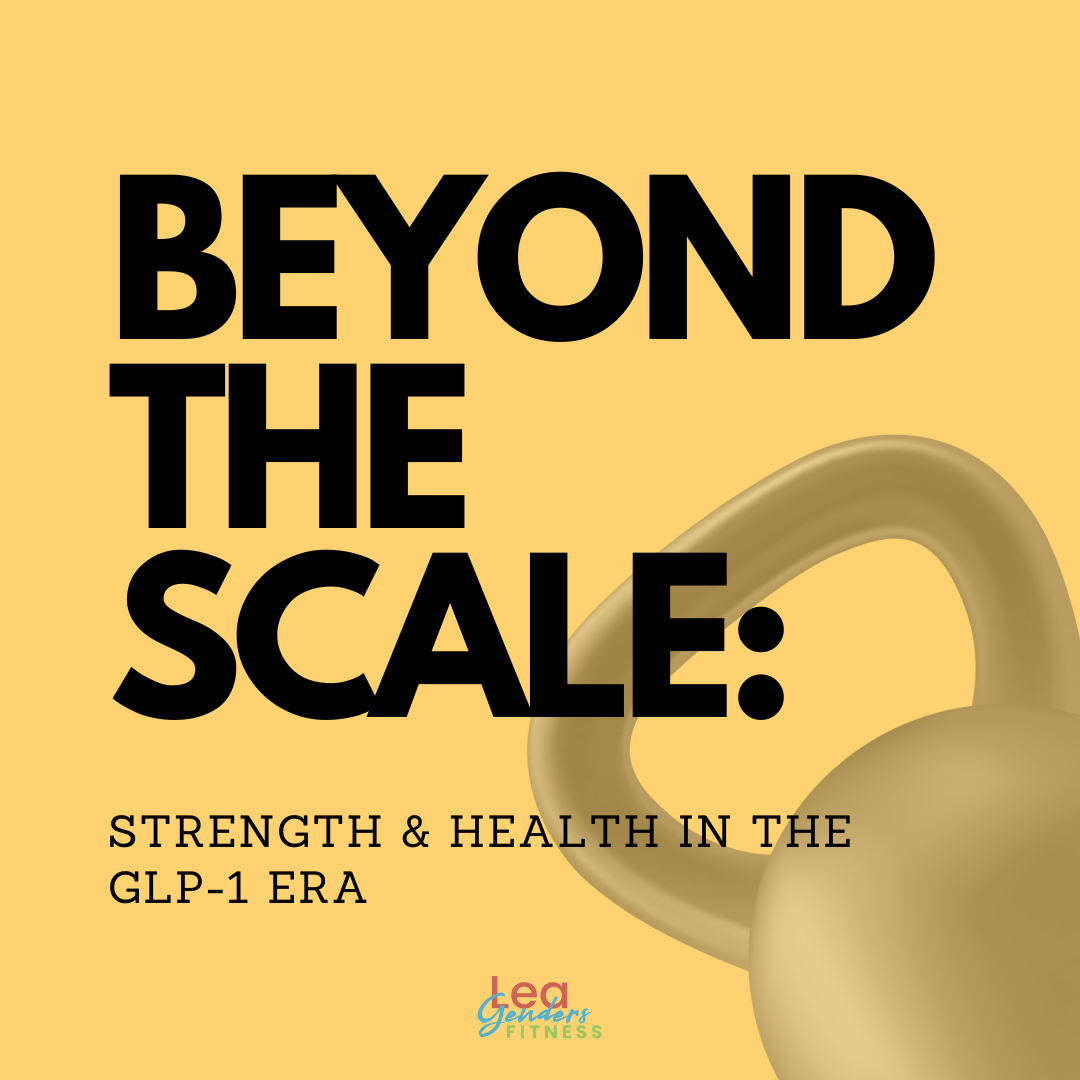







Discover the 5 stages of fitness progression—from building the habit to optimizing your routine. Learn how to stay consistent, make progress at your own pace, and create a sustainable fitness lifestyle without the pressure of perfection.